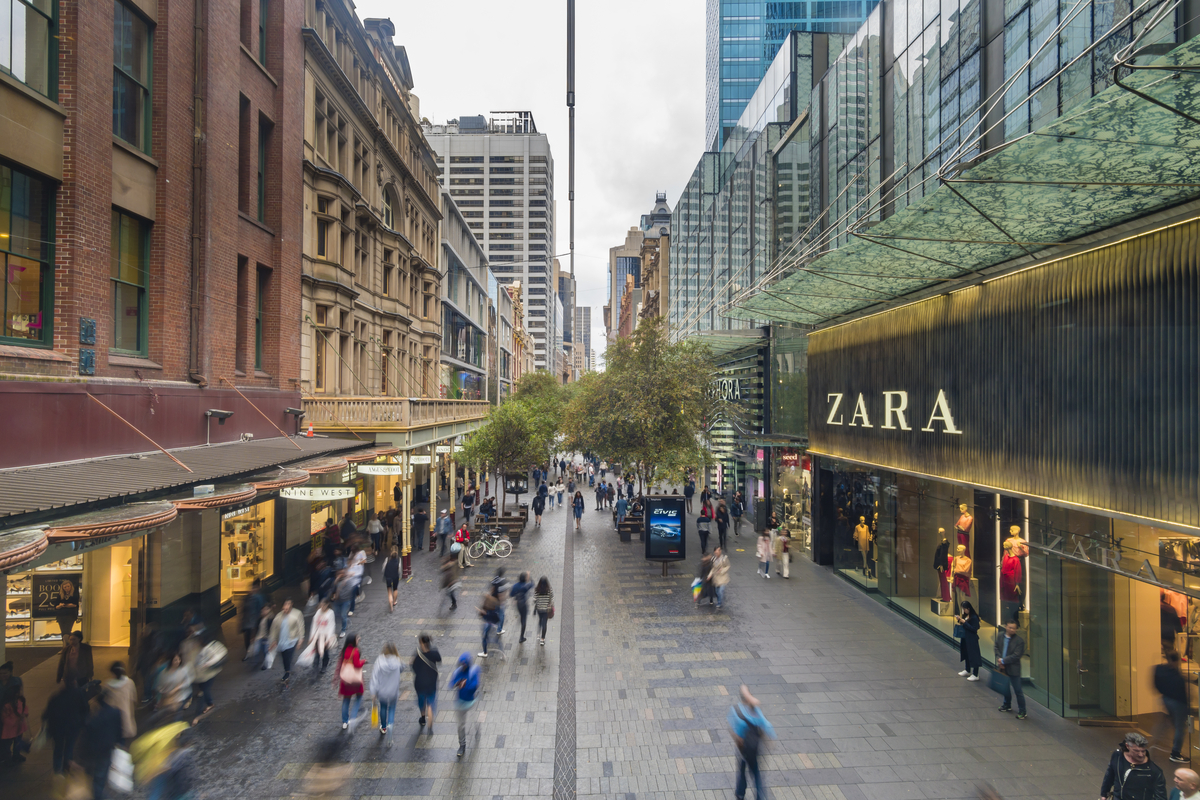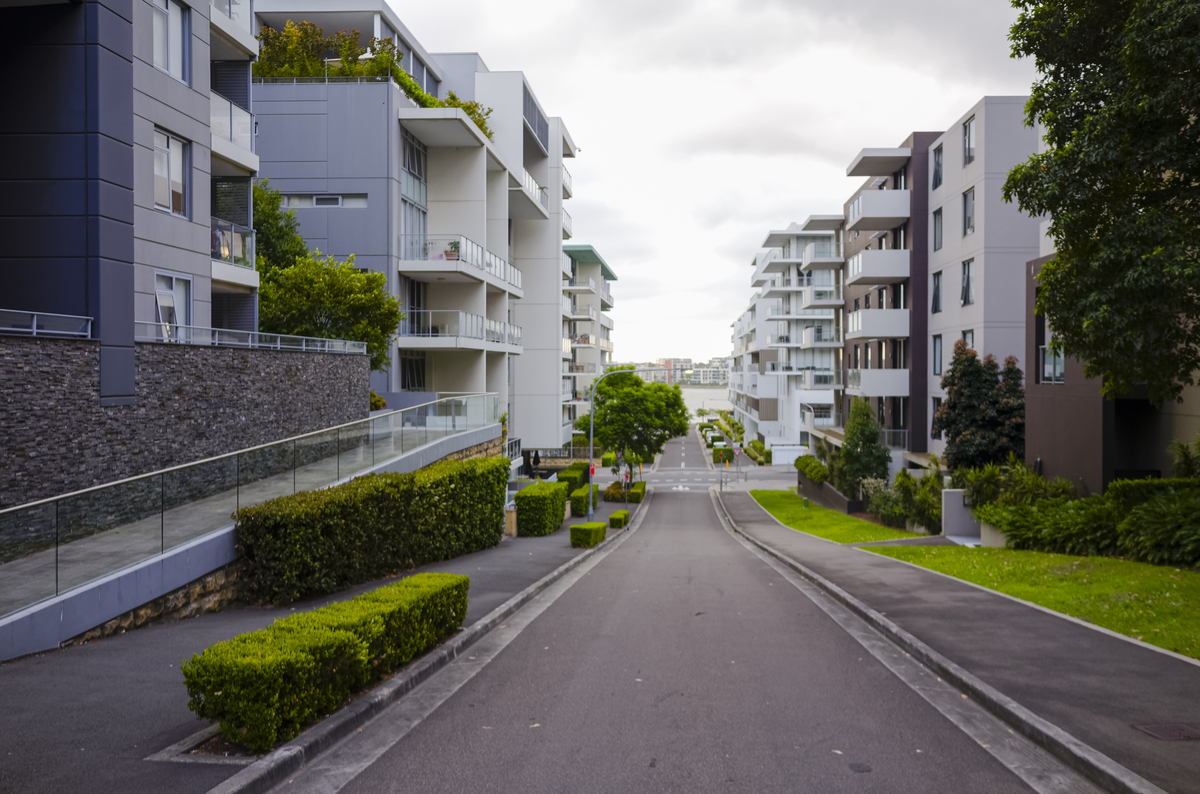NSW Remains Australia’s Best Performing State Economy Despite Weakening Property Market
New South Wales remains Australia’s best performing state economy, having retained the number one position for the last 14 quarters.
CommSec’s quarterly State of the States report ranks Australia’s states and territories according to eight economic indicators.
New South Wales retained its position as the best performing economy which it has held now for three years, ranking high on five of the eight economic indicators which included economic growth, retail spending, business investment, unemployment, construction work, population growth, housing finance and dwelling commencements.
[Related reading: Property Sector the Nation’s Biggest Employer]
“As we saw in the last quarter, Australia’s economies are in good shape but it is the two most populous states that lead the way on the back of solid activity in home purchase and construction,” CommSec chief economist Craig James said.

“As we saw in the last quarter, Australia’s economies are in good shape but it is the two most populous states that lead the way on the back of solid activity in home purchase and construction,” CommSec chief economist Craig James said.
Spending in NSW was 18.2 per cent above decade average levels in the September quarter, supported by activity in the housing sector, low unemployment and higher home prices.
Spending in Victoria was 16.1 per cent above decade average levels thanks to home building, population growth and firm employment.
“NSW has 17,217 dwelling commencements in the quarter with Victoria, which is 20 per cent smaller in population, just behind on 16,838 commencements,” Urban Taskforce’s Chris Johnson said.
“The CommSec measures these commencements against each states decade average and this gives NSW an improvement of 53 per cent against Victoria’s 21.4 per cent improvement.

Despite conceding that the NSW government showed positive management of the state’s economy, Johnson said the potential for continuing this positive position in the area of housing will depend on how a series of proposed changes in the planning system are rolled out.
“We are concerned that a raft of council proposals to add significant affordable housing levies are being proposed and that the state-imposed cap on local council development contributions is being removed in stages- allowing councils to force significant levies onto property development, which will force up the cost of housing.”
The ACT held took third spot on the rankings with annual employment growth now the strongest in almost a decade.
“The ACT remains in top spot on housing finance with the number of commitments up by 36.7 per cent on the long-term average,” James said.
Tasmania was on top of the relative population rankings, with its 0.64 per cent annual population growth rate,15.8 per cent, above the decade-average rate.
South Australia eased from fourth to fifth spot on the performance rankings, despite construction work 10.4 per cent above decade averages and that construction work done in the September quarter was up 22.8 per cent on a year ago.
Queensland’s economic outlook appeared promising, according to the report, with annual employment growth the fastest in the nation and just off the fastest for the state in over a decade.
James said Queensland had the strongest annual employment rate at 4.6 per cent, alongside the ACT and above New South Wales at 3.5 per cent.
Northern Territory and Western Australia rank the lowest states for economic performance. Once again the mining boom was a shortfall for WA, accompanied by a fall in construction work of 42 per cent below the decade average in the September quarter.
However, the report revealed growth in several indicators for the two states; Northern Territory had the fastest nominal annual economic growth rate in the nation thanks to strong export growth, and Western Australia’s population in the June quarter was up by 0.84 per cent on a year ago – the fastest rate in two years.















